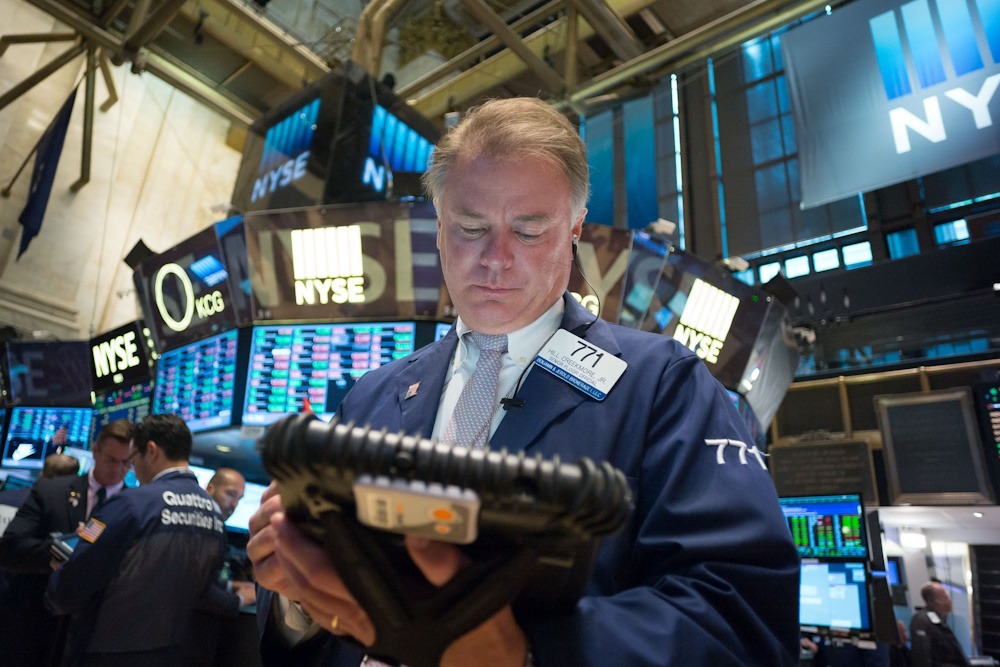
S&P 500 recorded a gain of 0.85%, finishing at 6,587.47. On Thursday, equities experienced an uptick as market participants speculated that the forthcoming data on a crucial consumer inflation metric would not impede the Federal Reserve’s decision to reduce its benchmark interest rate in the upcoming week. The Dow Jones Industrial Average concluded the trading session with an increase of 617.08 points, representing a rise of 1.36%, closing at 46,108.00. The Nasdaq Composite increased by 0.72%, reaching 22,043.07.
All three major averages achieved new intraday all-time highs during the trading session and concluded at unprecedented levels. The recent data presents a perplexing scenario, as the consumer price index for August exceeded expectations on a monthly scale while aligning with forecasts on an annual basis. The CPI reading indicated a rise of 0.4% for the month, surpassing the 0.3% anticipated by economists. Nonetheless, the index registered a 2.9% increase on a 12-month basis, aligning with expectations. Furthermore, the core CPI, which omits the more volatile categories of food and energy, experienced a 0.3% rise in August and a 3.1% increase compared to the same month last year. Both were consistent with the projections made by the Dow Jones. The report follows closely on the heels of the producer price index, which revealed an unanticipated decrease of 0.1% for the month.
In the latest developments, the labor market exhibited further indications of a slowdown, as weekly jobless claims unexpectedly surged on Thursday, following downward revisions of job growth figures earlier in the week. The number of workers applying for unemployment benefits for the week ending September 6 rose by 27,000 from the prior week, reaching a seasonally adjusted total of 263,000, marking the highest figure since October 2021. That figure exceeds the 235,000 estimate that had been projected. Treasury yields experienced a decline on Thursday following the release of economic data, as the yield on the benchmark 10-year Treasury decreased to 4%. Amid increasing indications of a deceleration in U.S. economic growth, markets are anticipating a quarter percentage point adjustment at the conclusion of the Fed’s Sept. 17 meeting with a high degree of confidence. The likelihood of a half percentage point reduction by the central bank also experienced an initial increase.
“A quarter-point cut is a straightforward decision and the number still maintains the possibility of a half-point cut, particularly in light of the jobless data,” stated Jay Woods. “The essential point is to monitor the 10-year Treasury yield. If we observe a 3-handle on the 10-year, the market may experience a rally at this juncture.” Thursday’s gain exhibited a broader scope compared to recent sessions, with financial institutions such as JPMorgan and consumer-oriented companies like Walmart showing positive performance amid expectations for lower interest rates.
